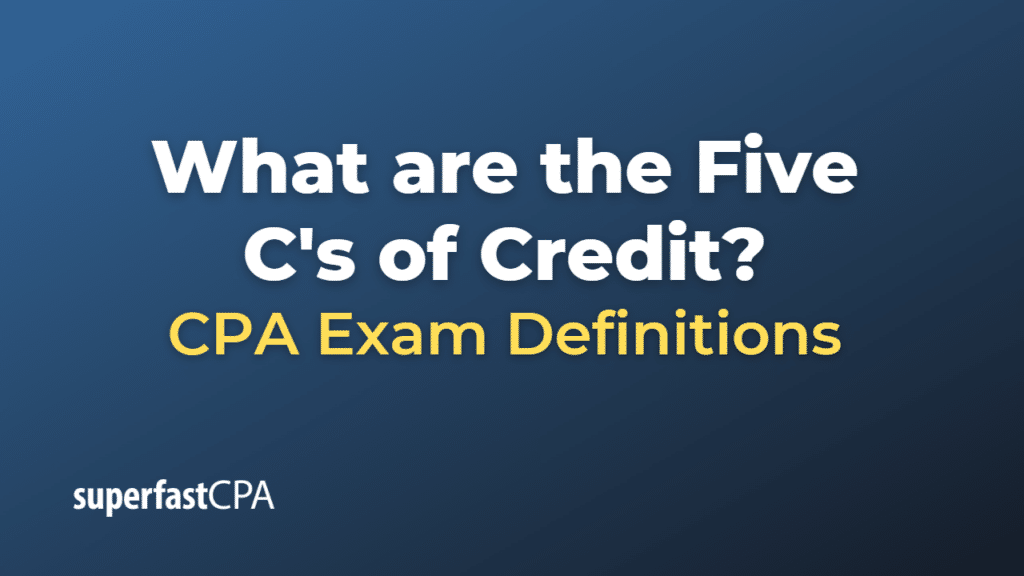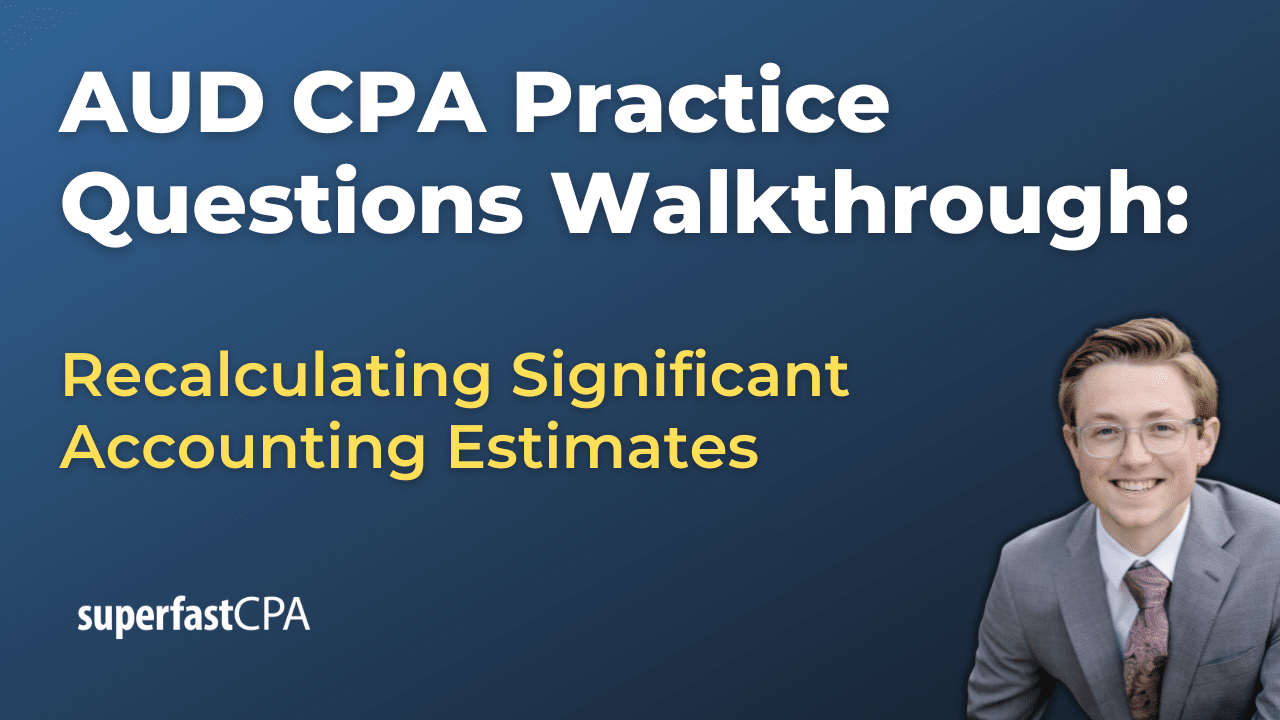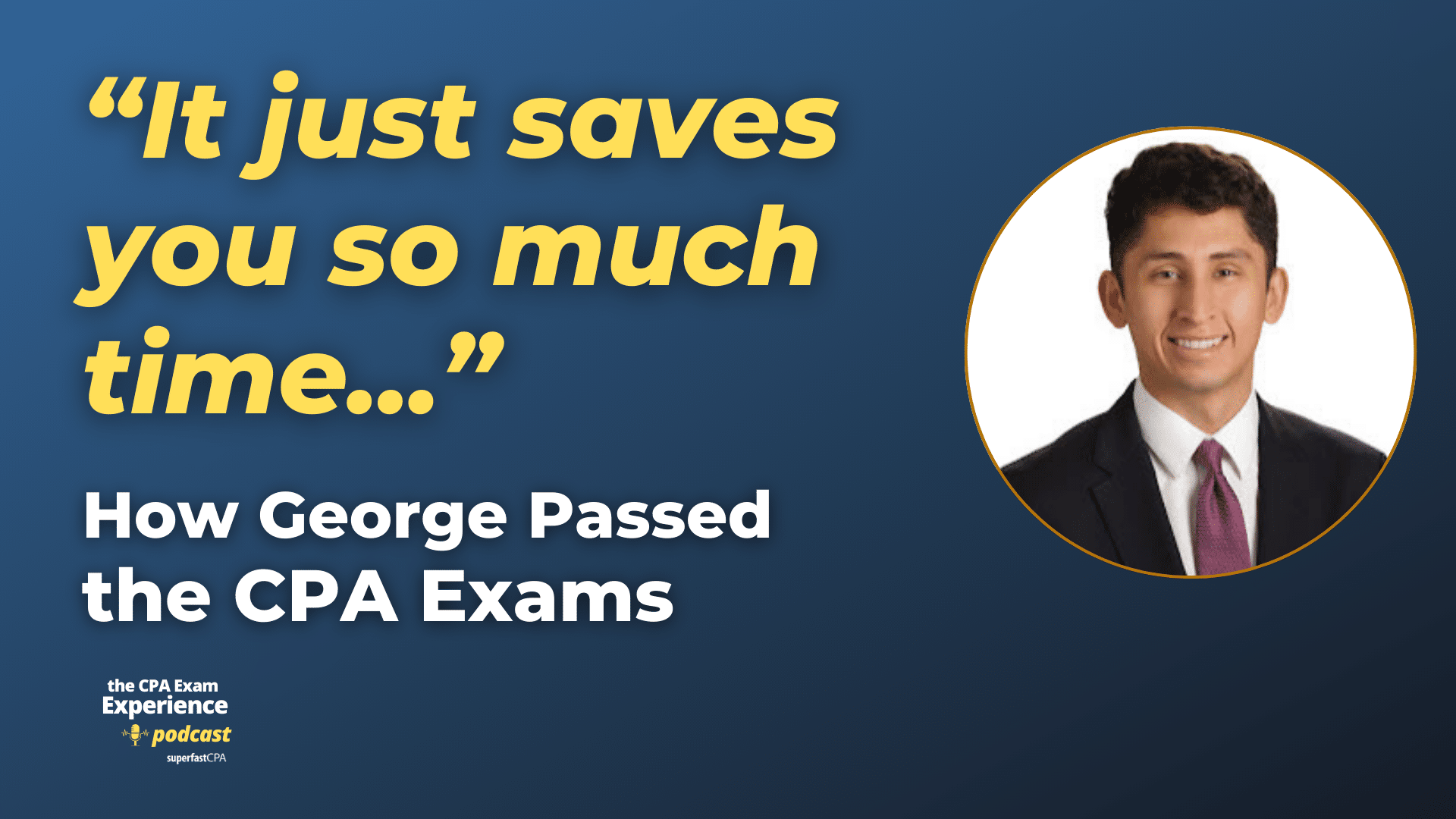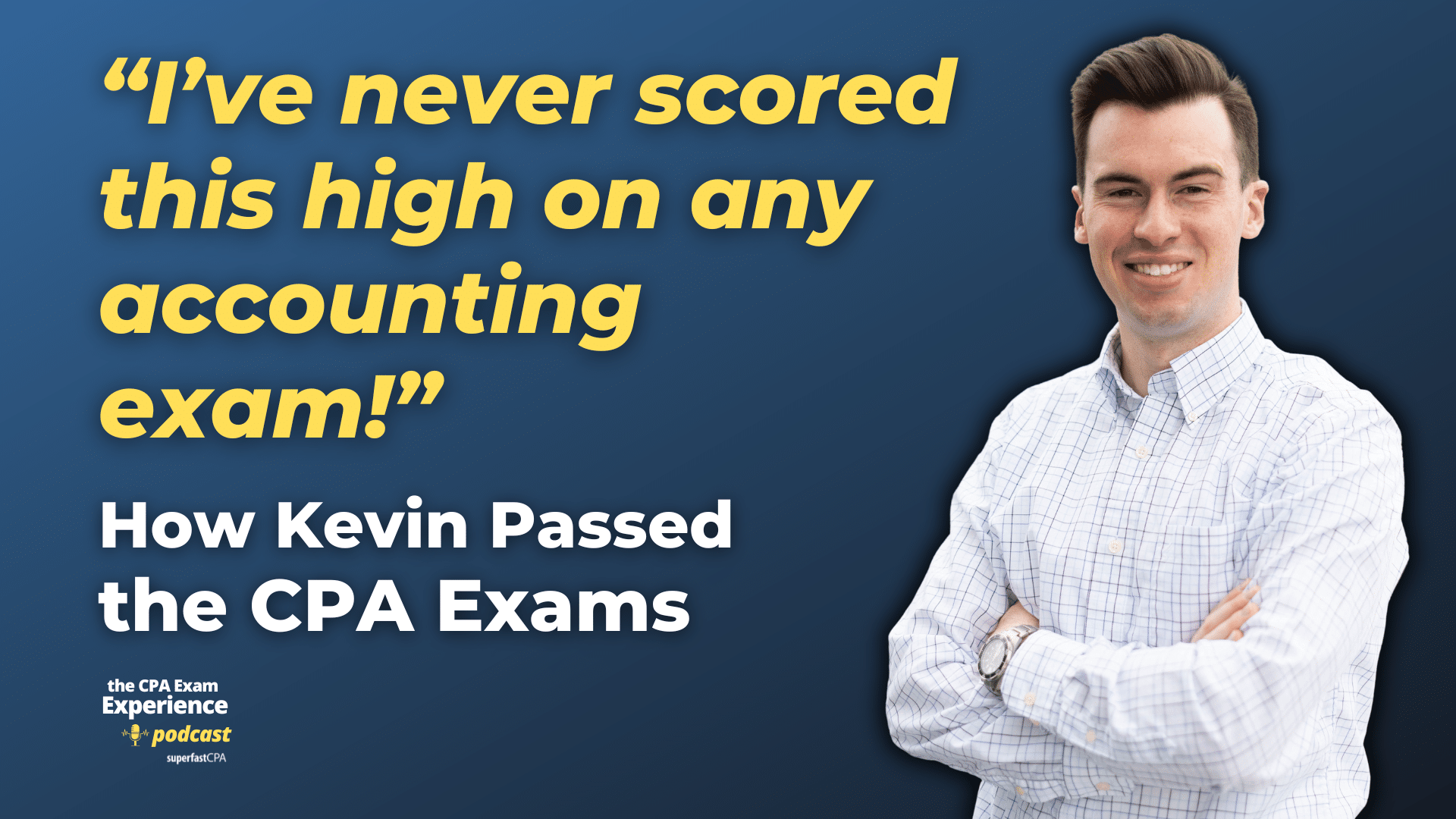Five C’s of Credit
The Five C’s of Credit is a system that lenders use to evaluate potential borrowers for loans. It gives lenders a method of assessing the creditworthiness of a potential borrower based on various factors. The Five C’s include:
- Character: Sometimes referred to as credit history, this C refers to a borrower’s reputation. Lenders look at past payment history, the length of credit history, and any public records such as bankruptcies or tax liens.
- Capacity: This measures a borrower’s ability to repay a loan by comparing income against recurring debts. Lenders look at the borrower’s debt-to-income ratio (DTI), considering factors such as job stability and payment history on other loans.
- Capital: Lenders also consider any capital the borrower puts toward a potential investment. A large contribution by the borrower lessens the chance of default. Borrowers with significant assets are often better able to secure loans.
- Collateral: Collateral can help a borrower secure loans. This can be an asset that the borrower owns such as a house or a car, that the lender can repossess if the loan is not repaid.
- Conditions: This refers to the terms of the loan and how the borrower intends to use the money. It can also consider factors like the state of the economy or industry-specific conditions. For example, if a borrower is seeking a loan to start a restaurant, a lender may consider the general conditions of the restaurant industry as part of the lending decision.
By evaluating these Five C’s, lenders are better able to assess the risk associated with extending credit to potential borrowers. Each of these factors helps build a picture of the likelihood of the borrower repaying the loan in full and on time.
Example of the Five C’s of Credit
Let’s take an example of a person, Jane, who wants to take out a mortgage loan to buy a house. The bank will evaluate Jane based on the Five C’s of Credit as follows:
- Character: The bank will look at Jane’s credit score, which reflects her history of paying off debts. They would see if she has made timely payments on her credit cards, student loans, or any previous mortgages. If Jane has a high credit score and no history of default, the bank may view her as a trustworthy borrower.
- Capacity: The bank will examine Jane’s debt-to-income ratio, which is her total monthly debt payments divided by her gross monthly income. They want to ensure that Jane has enough income to cover the mortgage payments, along with her other debt obligations. If Jane’s income is high and her other debt payments are low, she’s more likely to be able to pay back the loan.
- Capital: If Jane can make a substantial down payment on the house (say, 20% of the purchase price), this indicates to the bank that she is capable of saving and managing her money. It also reduces the bank’s risk because it covers a portion of the bank’s potential losses if Jane were to default on the loan.
- Collateral: In the case of a mortgage, the house Jane is buying serves as collateral. If Jane cannot make her mortgage payments, the bank has the right to seize the house and sell it to recoup its losses. The value of the house and the bank’s ability to legally claim it as collateral is a critical part of the bank’s decision to grant the loan.
- Conditions: Finally, the bank will consider the conditions of the loan – the interest rate, the term (length) of the loan, and how much Jane wants to borrow. They’ll also look at external factors such as the health of the housing market. If housing prices are stable or rising, this could make the bank more confident that the house will retain its value over the life of the loan.
After evaluating Jane based on these Five C’s, the bank will decide whether to grant the mortgage loan, and under what terms (e.g., interest rate). If Jane scores well on all Five C’s, she’s likely to get the loan at a favourable interest rate.














